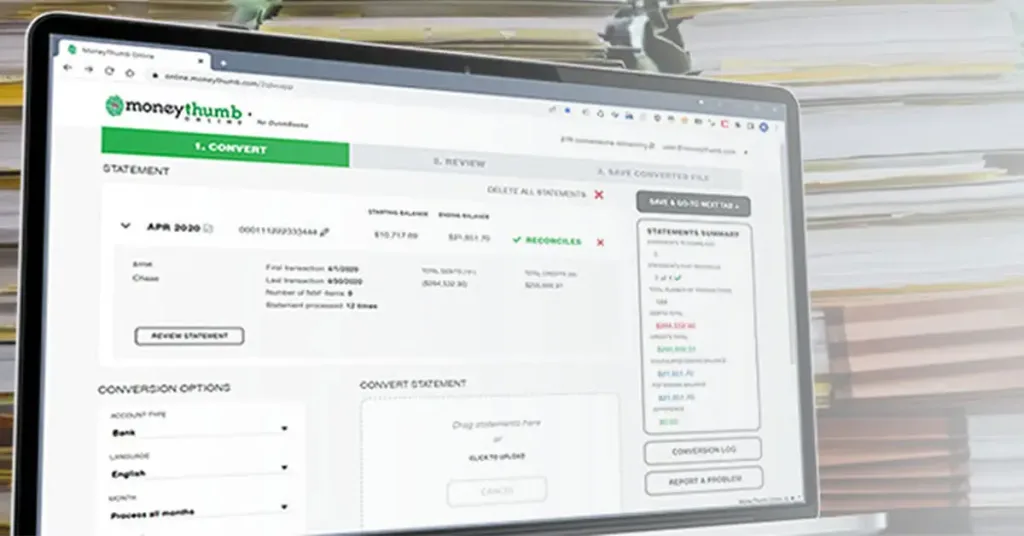A personal loan is a form of credit that can help you make a big purchase or consolidate high-interest debts. Because personal loans typically have lower interest rates than credit cards, they can be used to consolidate multiple credit card debts into a single, lower-cost monthly payment.
If you are considering taking out a personal loan, the Rules of Thumb blog from MoneyThumb has collected all of the major terminology concerned with personal loans. By understanding the following personal loan lingo, you can rest assured you are confident in the personal loan process and what you are getting yourself into.
Common Personal Loan Terminology
- Co-applicants or joint applications: A co-applicant is a broad term for another person who helps you qualify by attaching their name (and financial details) to your application. A co-applicant can be a co-signer or a co-borrower. Having a co-applicant can be helpful when your credit score isn’t so great, or if you’re a young borrower who doesn’t have much credit history. If your co-applicant has a good credit score, you might be offered better terms, including qualifying for a lower APR and/or a bigger loan. At the same time, both applicants’ credit scores will be affected if you don’t pay back your loan, so be sure that your co-applicant is someone you feel comfortable sharing financial responsibility with.
- Co-signers: A co-signer agrees to help you qualify for the loan, but they are only responsible for making payments if you are unable to. The co-signer does not receive the loan, nor do they necessarily make decisions about how it is used. However, the co-signers credit will be negatively affected if the main borrower misses payments or defaults.
- Co-borrower: Unlike a co-signer, a co-borrower is responsible for paying back the loan and deciding how it is used. Co-borrowers are usually involved in decisions about how the loan is used. Some lenders will only consider two co-borrowers who share a home or business address, as this is a firm indicator that they are sharing the responsibility of money in mutually beneficial ways. Both co-borrowers credit scores are on the hook if either one stops making payments or defaults.
- Direct payments: Some lenders offer direct payments when you select debt consolidation as the reason for taking out a personal loan. With direct payments, the lender pays your creditors directly and then deposits any leftover funds into your checking or savings account. Until you see your account balance is fully paid off, it’s best to keep making payments so that you don’t get hit with additional late fees and interest charges.
- Early payoff penalty: Before you accept a loan, look to see if the lender charges an early payoff or prepayment penalty. Because lenders expect to get paid interest for the full term of your loan, they could charge you a fee if you make extra payments to pay your debt down quicker. The fees could equal either the remaining interest you would have owed, a percentage of your payoff balance, or a flat rate.
- Origination fee: An origination fee is a one-time upfront charge that your lender subtracts from your loan to pay for administration and processing costs. It is usually between 1% and 5%, but sometimes it is charged as a flat-rate fee. For example, if you took out a loan for $20,000 and there was a 5% origination fee, you would only receive $19,000 when you got your funds. Your lender would get $1,000 of the loan off the top, and you’d still have to pay back the full $20,000 plus interest. It’s best to avoid origination fees if possible. Having a good to excellent credit score helps you qualify for loans that don’t have origination or administration fees.
- Unsecured versus secured loans: Most personal loans are unsecured, meaning they are not tied to collateral. However, if your credit score is less-than-stellar and you’re finding it hard to qualify for the best loans, you can sometimes use a car, house, or another asset to act as collateral in case you default on your payments.
By understanding all of the common terminology concerning personal loans listed above, you should be able to make better-informed decisions when it is time to take out a personal loan. Please take a minute and share this blog post with your peers on social media so that they too can benefit from its content.





















Add comment